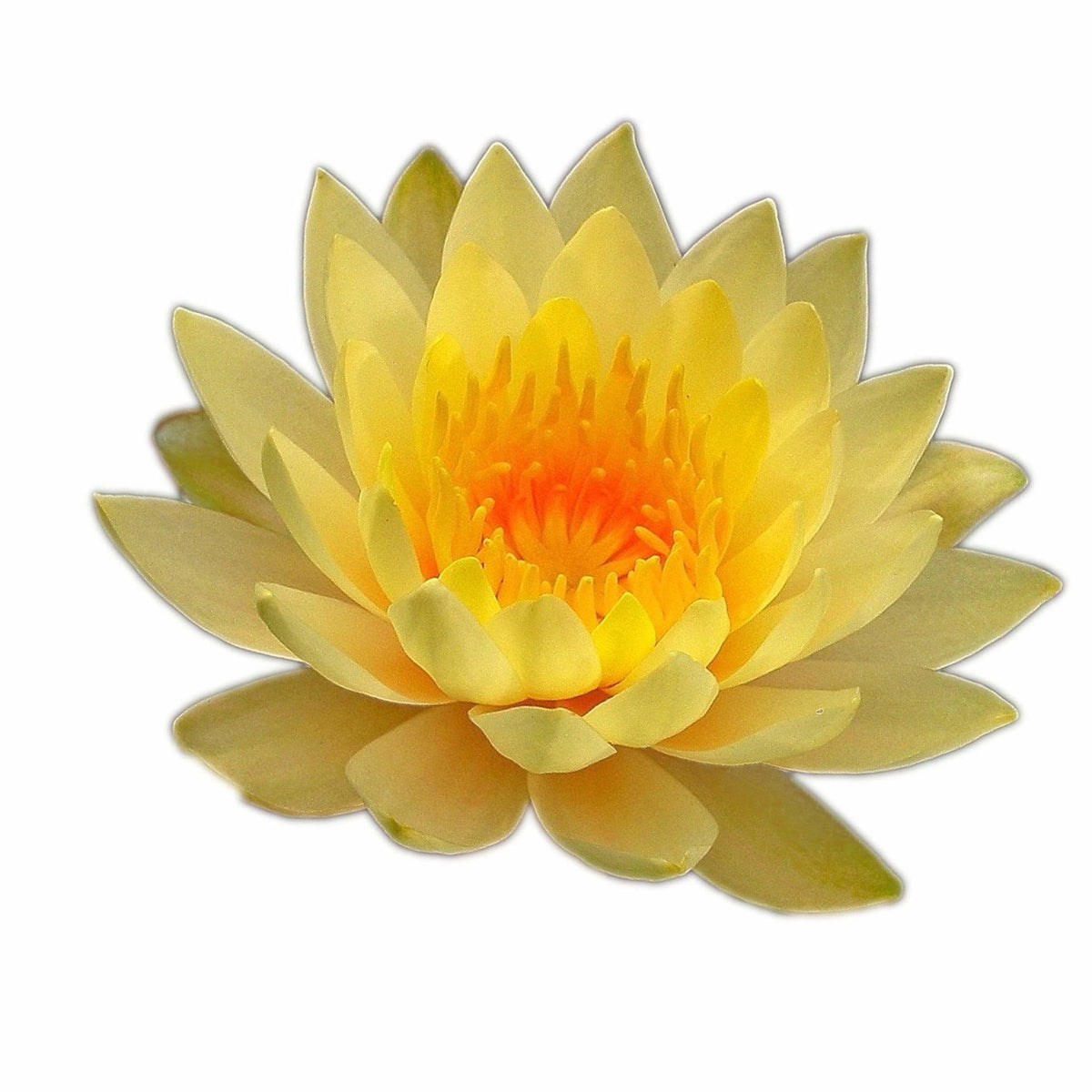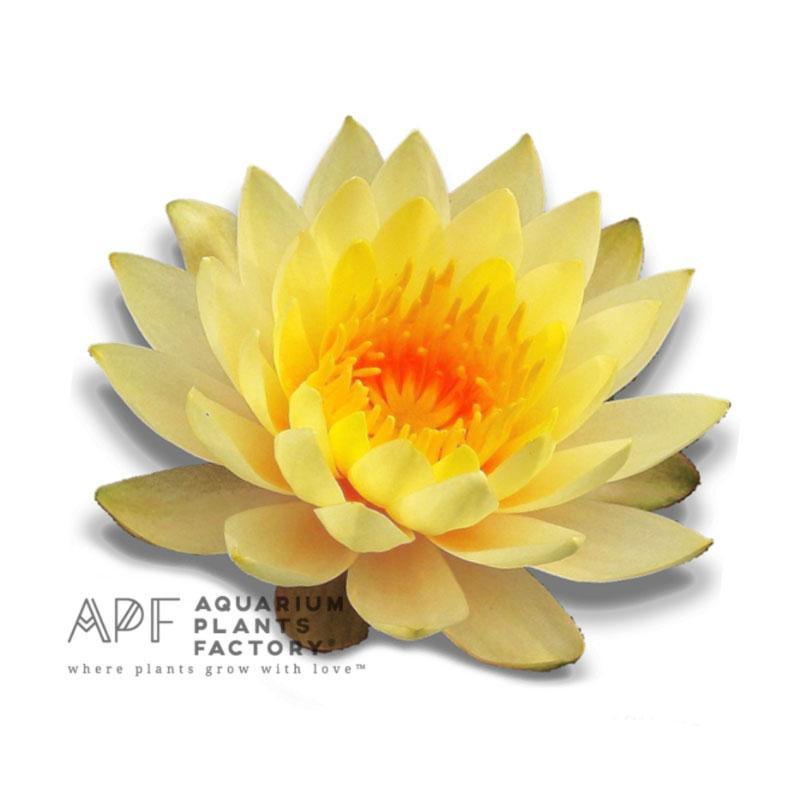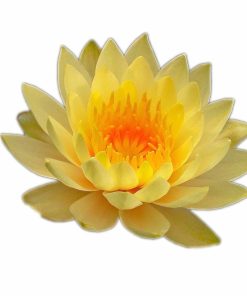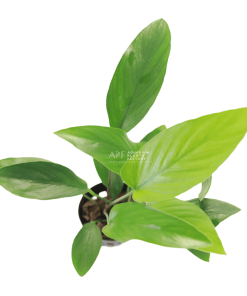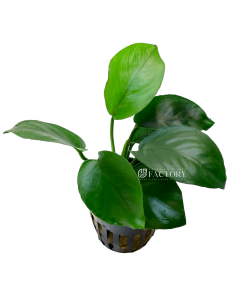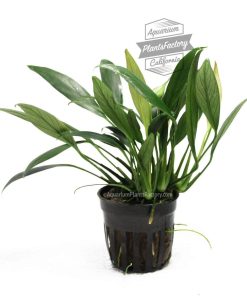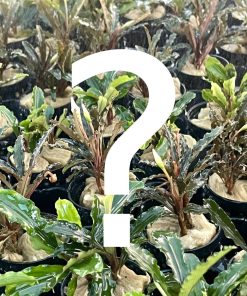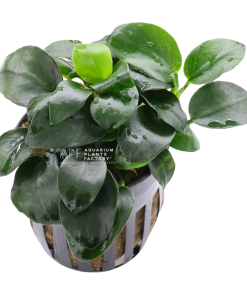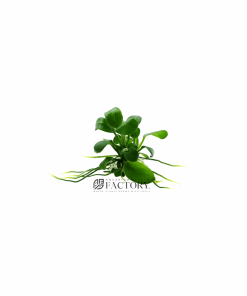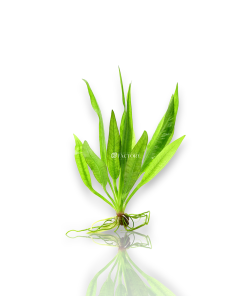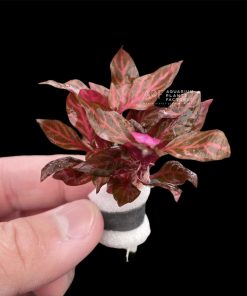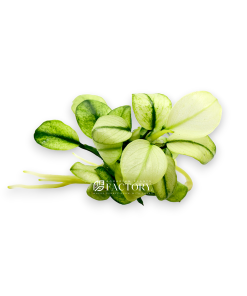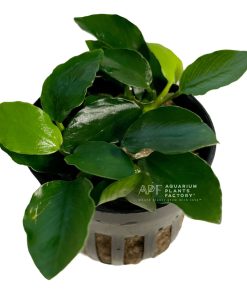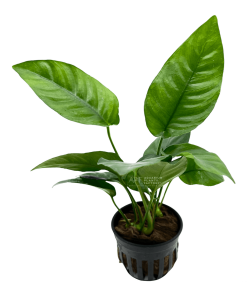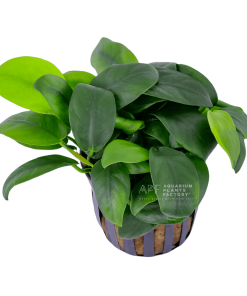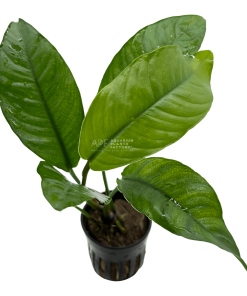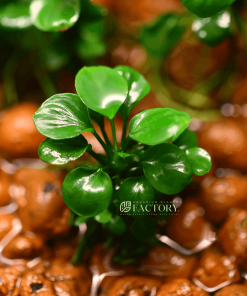Nymphaea Yellow Bangpra (Pin waree) Aquarium Plants Factory
$ 19,99 $ 11,99
Nymphaea Yellow Bangpra, also known as Pinwaree or Sri Bangpra, is a tropical water lily cultivar known for its vibrant yellow flowers. This water lily is believed to have originated in Thailand.
The flowers of Nymphaea Yellow Bangpra are medium-sized and showy, with a bright yellow color that is sure to add a pop of color to any pond or water garden. The blooms are held above the water on sturdy stems and have a sweet fragrance that attracts pollinators such as bees and butterflies. The leaves of this water lily are green and have a slightly mottled pattern, adding visual interest to the plant even when it is not in bloom.
Nymphaea Yellow Bangpra is well-suited for ponds or water gardens in warm tropical climates. It prefers still water with at least 6 hours of direct sunlight per day, and regular fertilization with water lily fertilizer tablets is important to ensure healthy growth and blooming.
This water lily cultivar is a popular choice for adding a touch of bright, sunny color to any tropical water garden or pond. With proper care and maintenance, Nymphaea Yellow Bangpra can continue to produce stunning blooms year after year, making it a valuable addition to any water garden enthusiast’s collection.
- You will get 1 water lily tuber of Nymphaea Yellow Bangpra. (organic sprouts tuber)
- All of our water lilies tubers/rhizomes have been inspected before shipping out and guaranteed they are viable and perfect to grow in a proper pond environment. The picture is not the actual product you will receive, but a sample representation.
Type: Hardy
Plant Form: Tuber
Sunlight: Full Sun, Partial Shade
Soil Type: Gravel, Clay, Sand, Dirt
PLANTING INSTRUCTIONS FOR WATER LILY
There are two main types of water lilies, tropical and hardy. The differences between tropical and hardy water lilies are a growing habit. Tropical water lilies don’t do well in winter. Hardy water lilies, on the other hand, can tolerate the cold. Tropical water lilies tubers must be removed from the pond and stored in moist conditions to come back in the future years. In warm climates, they can remain in the pond.

| Type | Hardy Lily / Sprouted Tuber |
|---|
Fast Shipping with Professional Packaging
Due to our longstanding partnership with UPS FedEx DHL and other leading global carriers, we can provide a range of shipping options. Our warehouse staff are highly trained and will pack the items according to our precise and exact specifications. Your products will be subjected to a thorough examination and will be safely packaged prior to being sent out. Every day, we send thousands of packages to customers from all over the world. This shows our commitment to being the largest retailer online in the world. The warehouses are located in Europe in the same way as they are in USA.
Note: Orders with more than one item will be assigned a processing date according to the item.
Before shipping Our team will conduct a thorough inspection on the products you ordered. The majority of orders are delivered within 48 hrs. The expected delivery time is 3 to 7 days.
Returns
The stock is constantly changing and cannot be fully controlled by us because of the involvement of multiple entities, including the factory as well as our warehouse. The actual stock levels can fluctuate at any point. Be aware that it is possible that your order will become unavailable even after you've placed your order.
Our policy lasts for 30 days. We are unable to return or exchange your purchase when it's been 30 days from the date of purchase.
To be returned, it must be unopened and in the same condition as when you received it in. It must also be returned in the original packaging.
Related products
Uncategorized
Uncategorized
Home & Garden > Plants > Aquatic Plants
Uncategorized
Uncategorized
Uncategorized
Uncategorized
Home & Garden > Plants > Aquatic Plants
A Bucephalandra Species [Grower’s Choice] Aquarium Plants Factory
Uncategorized
Uncategorized
Uncategorized
Home & Garden > Plants > Aquatic Plants
Uncategorized
Uncategorized
Uncategorized
Uncategorized
Uncategorized
Uncategorized
Uncategorized
Uncategorized
Uncategorized
Home & Garden > Plants > Aquatic Plants
Uncategorized
Home & Garden > Plants > Aquatic Plants
Uncategorized
Uncategorized
Uncategorized
Uncategorized
Uncategorized
Uncategorized
Uncategorized
Uncategorized
